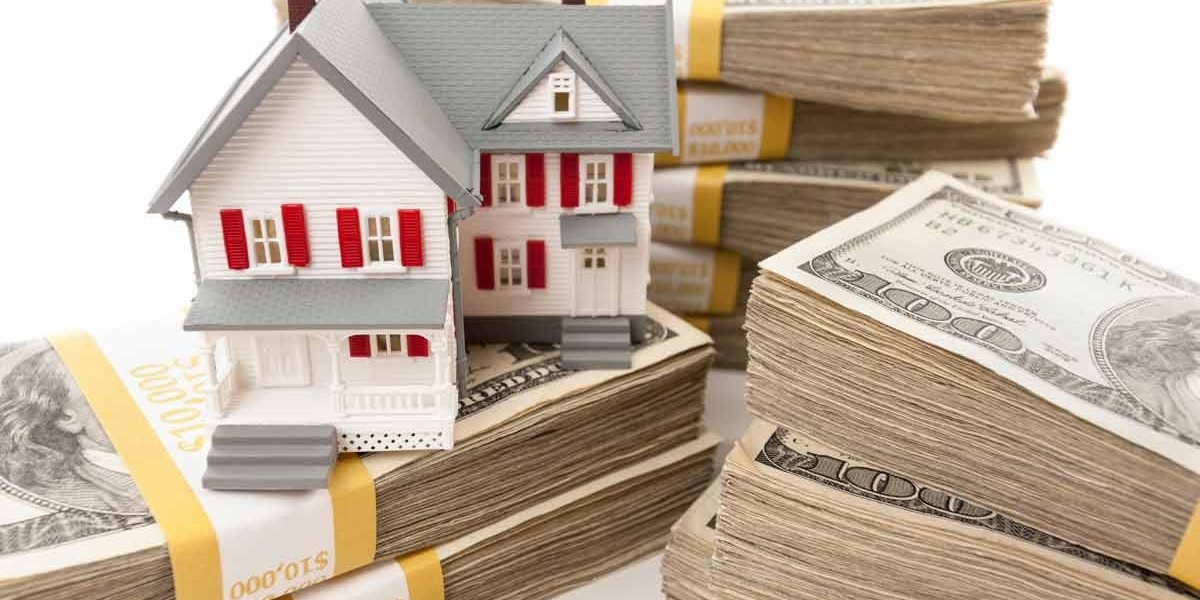Buying a house is a huge milestone. But let’s be real—one of the first questions that hits us is, "How much do I need to put down?" If you’ve been googling how much down payment do I need for a house, you’re not alone. It’s one of the most asked questions by first-time buyers, and for good reason.
Let’s unpack it all in plain, simple language.
? What Exactly Is a Down Payment?
A down payment is the money you pay upfront when buying a home. Think of it as your “skin in the game.” It shows lenders you’re serious. The rest of the home’s cost is typically covered by a mortgage loan.
For example, if the home costs $300,000 and you put down 10%, that’s $30,000 upfront. The bank covers the rest—$270,000—through a mortgage.
? So, How Much Do I Actually Need?
Here’s the short answer:
Traditional loan: 20% is ideal
Minimum required: Often 3% to 5%
VA or USDA loans: 0% down for those who qualify
FHA loan: As low as 3.5%
But wait… before you panic and assume you must have 20% saved, let’s dive deeper.
? Is 20% Really Necessary?
Not anymore! While 20% used to be the golden rule, it’s not a must. You can buy a house with much less, especially if you're a first-time buyer.
The main reason people talk about 20% is because it helps you:
Avoid PMI (Private Mortgage Insurance)
Get better loan terms
Pay less interest over time
BUT—if saving 20% is holding you back, know this: many buyers today put down much less and still get good deals.
? Real-Life Down Payment Examples
| Home Price | 3% Down | 10% Down | 20% Down |
|---|---|---|---|
| $200,000 | $6,000 | $20,000 | $40,000 |
| $350,000 | $10,500 | $35,000 | $70,000 |
| $500,000 | $15,000 | $50,000 | $100,000 |
See? Even a 3% down payment can get your foot in the door.
? First-Time Buyer Perks
If you're buying your first home, there are tons of programs designed to help you with your down payment.
FHA Loans: Just 3.5% down (credit score must be 580+)
HomeReady/Home Possible: As low as 3% down, great for lower-income buyers
Down Payment Assistance (DPA): Grants or loans offered by cities, states, and nonprofits
Pro Tip: Look into local housing authorities or nonprofit housing groups. You may qualify for thousands in help you didn’t know existed!
? What Factors Affect Your Required Down Payment?
Every buyer’s situation is different. Here’s what can affect how much you’ll need:
Your credit score – Lower scores may require higher down payments.
Type of mortgage – Some loans have fixed requirements.
Location – Home prices vary widely by region.
First-time buyer status – Opens the door to low-down-payment options.
Your savings – It’s not just about qualifying—you need to be comfortable too.
? The Truth About PMI (Private Mortgage Insurance)
If you put less than 20% down, lenders will likely charge PMI. It’s an extra monthly fee to protect them in case you stop paying your loan.
It’s annoying, yes. But here’s the good news:
PMI doesn’t last forever. Once you hit 20% equity, you can ask to remove it.
Some loans even cancel it automatically when you reach 22% equity.
So don’t let PMI scare you away from buying your home sooner.
✅ Quick Checklist: Are You Ready to Make a Down Payment?
✔ Do you have steady income?
✔ Is your credit score decent (580+ is okay, 700+ is great)?
✔ Have you looked into local programs for down payment help?
✔ Do you understand your loan options?
✔ Can you comfortably cover your monthly mortgage, taxes, and insurance?
If you said “yes” to most of these, you might be closer to buying than you think!
? Final Thoughts: It’s Not One-Size-Fits-All
When it comes to how much down payment you need, there’s no magic number that fits everyone. It depends on your goals, your budget, and your timeline.
Some people wait and save for 20%. Others jump in with 3% or 5%—and that’s okay too.
Remember: buying a house is not just about money. It’s about building a life, creating stability, and investing in your future.
So start where you are, explore your options, and don’t let that down payment scare you off.
Important Links
Tampines Street 94 Condo Site Plan



